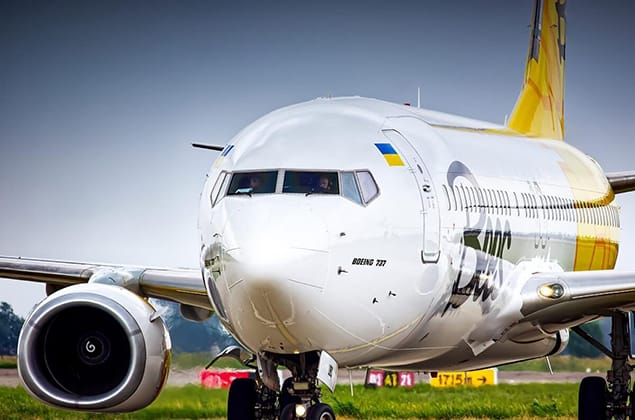Boeing 737-300 Specifications & Booking
Overview of the Boeing 737-300
The Boeing 737-300 is a commercial jet airliner manufactured by Boeing. It is a member of the 737 family, which has been in continuous production since the early 1960s. The 737-300 is designed for short to medium-haul flights and has a primary purpose as a passenger aircraft.
First flight occurred on February 14, 1984, and it was certified by the Federal Aviation Administration (FAA) in March of that year. The 737-300 has played an important role in the history of commercial aviation, with over 1,000 units produced during its production run from 1984 to 1999.
Technical Specifications
Here are some key technical specifications for the Boeing 737-300:
- Dimensions:
- Length: 102 feet (31.1 meters)
- Wingspan: 94 feet (28.7 meters)
- Height: 24 feet (7.3 meters)
- Weight:
- Empty weight: 44,400 pounds (20,149 kilograms)
- Maximum takeoff weight: 123,000 pounds (55,679 kilograms)
- Engines: Two CFM International CFM56-3 high-bypass turbofan engines, each producing 20,000 pounds-force (89.8 kN) of thrust.
- Performance:
- Maximum speed: Mach 0.785 (530 mph or 853 km/h)
- Range: 2,500 nautical miles (4,630 kilometers)
- Cruising altitude: 30,000 to 41,000 feet (9,144 to 12,497 meters)
- Capacity:
- Passengers: 149
- Cargo: 15,000 pounds (6,804 kilograms)
- Crew: 2 pilots and up to 4 flight attendants
Design and Features
The Boeing 737-300 features a number of design innovations that improve its performance and efficiency. These include:
- Aerodynamic improvements, such as raked wingtips and a more streamlined fuselage.
- Improved engine mounts to reduce vibrations and noise.
- New avionics systems, including a glass cockpit and improved navigation equipment.
History and Development
The Boeing 737-300 has a rich history of development and production. Some key milestones include:
- First flight: February 14, 1984.
- Certification: March 1984 by the Federal Aviation Administration (FAA).
- Entry into service: November 1984 with Piedmont Airlines.
- Production run: 1984 to 1999, with over 1,000 units produced.
Operational Use
The Boeing 737-300 is used by a wide range of airlines and organizations around the world. Some notable examples include:
- Airlines: United Airlines, Delta Air Lines, American Airlines, and many others.
- Military: The Royal Canadian Air Force operated the 737-300 as a transport aircraft.
- Charter and cargo operators: The 737-300 has been used for charter flights and cargo transportation by companies like FedEx Express and UPS.
Interesting Facts
Here are three interesting facts about the Boeing 737-300:
- The 737-300 was one of the first commercial aircraft to feature a glass cockpit, which improved pilot situational awareness and reduced workload.
- The aircraft has been used for several record-breaking flights, including a 1986 flight that set a new endurance record by staying in the air for over 24 hours.
- The 737-300 made its big-screen debut in the 1994 film "Guarding Tess," starring Shirley MacLaine and Aidan Quinn.
Frequently Asked Questions
What makes the Boeing 737-300 unique?
The 737-300 was one of the first commercial aircraft to feature a glass cockpit, which improved pilot situational awareness and reduced workload. It also had a more efficient engine design and improved aerodynamics.
How much does the Boeing 737-300 cost?
The cost of a new Boeing 737-300 in the late 1980s was around $20 million to $30 million. Today, the price of a used or refurbished 737-300 can range from $5 million to $15 million, depending on its condition and configuration.
What is the range of the Boeing 737-300?
The maximum range of the Boeing 737-300 is approximately 2,500 nautical miles (4,630 kilometers), although actual range will depend on factors such as payload, fuel load, and weather conditions.
Is the Boeing 737-300 still in service today?
No, the Boeing 737-300 is no longer in commercial service. Many of these aircraft have been retired or sold for parts, although some may still be used for charter or cargo operations.





